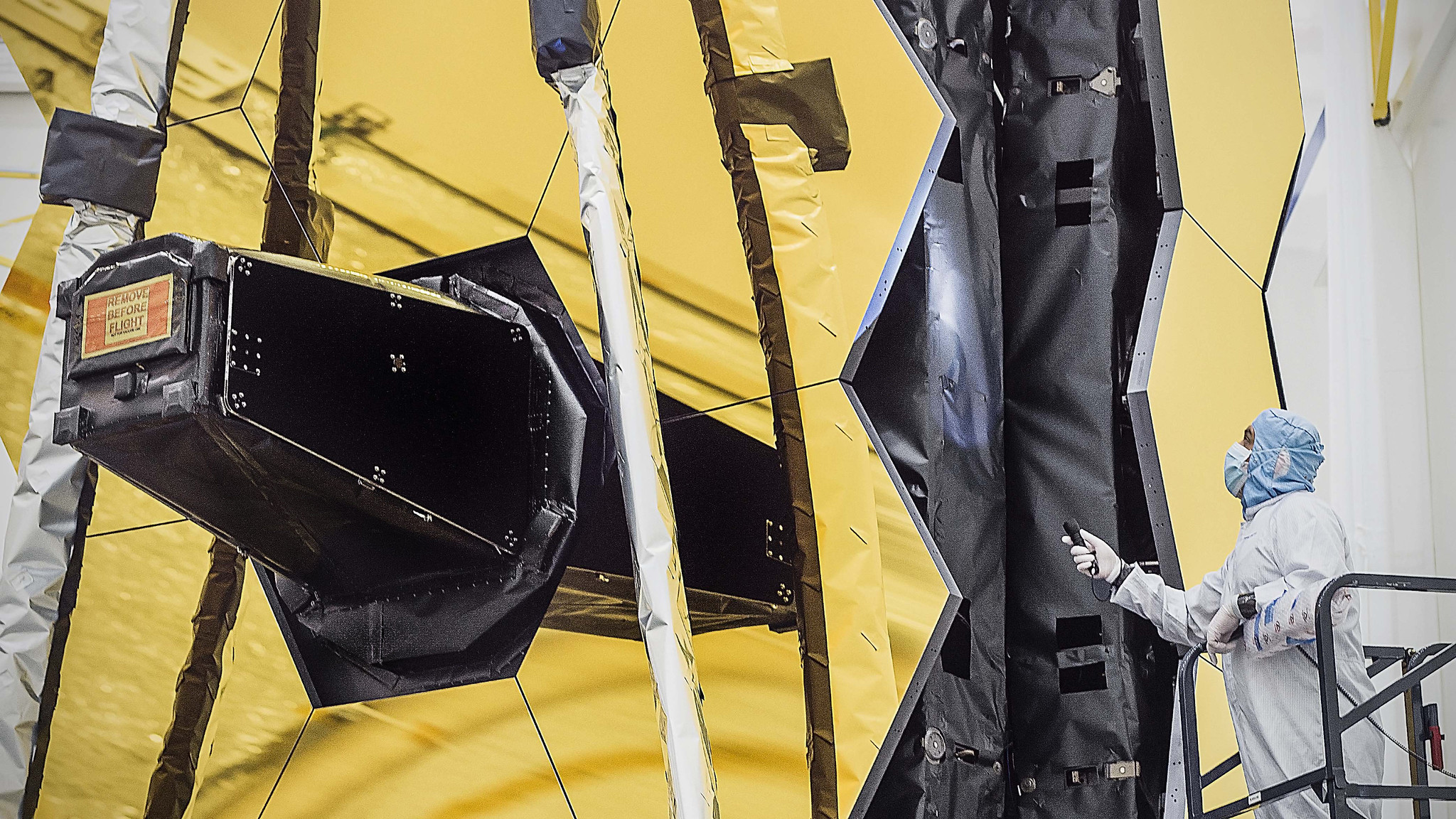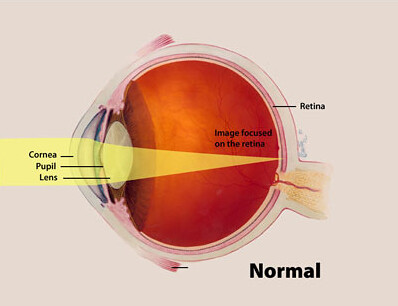NASA’s James Webb Space Telescope will deliver never-before-seen views of the universe, acting as a high-tech extension of human vision as it gazes deep into the cosmos at distant light invisible to our eyes. Now, a technology used in the development of Webb is used by eye doctors here on Earth, to actually improve human eyesight.
As a space telescope, Webb will use a large primary mirror to gather infrared light, direct it to its scientific instruments that analyze the light, and then send data back to Earth. In constructing Webb’s mirrors, there were multiple cycles of measuring, grinding, polishing and testing. To expedite this process, Webb team members developed the Infrared Scanning Shack Hartmann System, a groundbreaking technique for precisely and rapidly measuring the mirrors after grinding them. With the mirror measurements, the technology then created an image of the entire mirror surface for analysis. This data helped speed up the process of examining and inspecting Webb’s 18 individual mirror segments that form the massive 21.3-foot primary mirror.
To help people on Earth, this technology originally created for measuring Webb mirrors was fine-tuned, and applied to the world of eye surgery as the iDESIGN system. Created by Johnson and Johnson, iDESIGN is used to create a high-definition map of a patient’s eye to help guide a surgeon performing LASIK (Laser-Assisted In Situ Keratomileusis) eye surgery. During LASIK, a doctor uses a laser to reshape the eye’s cornea to treat nearsightedness, farsightedness or astigmatism. In 2018, there were over 650,000 LASIK procedures performed in the United States at an average cost of $2,137 per eye, according to Market Scope reports. This makes the amount spent on LASIK procedures in 2018 approximately $1.39 billion.
Dr. Eric Donnenfeld is an ophthalmologist, specializing in laser surgery for 30 years. He has used iDESIGN for 10,000 LASIK procedures in the last five years at his Garden City, New York, practice. Compared to the previous generation of eye-mapping technology, Donnenfeld explained that iDESIGN provides surgeons with five times more data points in mapping the aberrations and irregularities of a patient’s eye. “iDESIGN gives me as a surgeon more accurate measurements for more accurate treatment of every patient that I operate on to achieve better quality of vision after laser vision correction,” said Donnenfeld.
Ophthalmologist Dr. Blake Williamson of Baton Rouge, Louisiana, described the impact of iDESIGN as transformative for patients.
“Bringing proven space technology to medical sciences is a no-brainer if you find areas of synergy where it can better serve patients. A lot of the great advancements and innovations in medical sciences come from the joining of two disparate fields — like NASA and ophthalmology,” he said. “Most surgeries are usually restorative, returning a sick person to health, but refractive surgery, LASIK surgery, is beyond restorative, it’s transformative. You’re making someone better than they ever have been.”
The largest and most complex space telescope ever, Webb is scheduled to launch in 2021. Ambitious and innovative NASA missions like Webb bring about complicated problems and require cutting-edge solutions that often have unintended terrestrial applications. iDESIGN is just one of many examples of a NASA technology that has been adapted, or “spun off,” to positively impact people everywhere.
“Seeing the many technology spinoffs and advancements that help society and also help create and sustain jobs across our country has been one of the really rewarding parts of working on the optics for Webb,” said Lee Feinberg, optical telescope element manager for Webb at NASA’s Goddard Space Flight Center in Greenbelt, Maryland.
For more on NASA Spinoff technologies, visit https://spinoff.nasa.gov
Webb will be the world’s premier space science observatory. It will solve mysteries in our solar system, look beyond to distant worlds around other stars, and probe the mysterious structures and origins of our universe and our place in it. Webb is an international project led by NASA with its partners, ESA (European Space Agency) and the Canadian Space Agency.
For more information on Webb, visit: https://www.nasa.gov/webb
By Peter Sooy
NASA’s Goddard Space Flight Center, Greenbelt, Md.

























